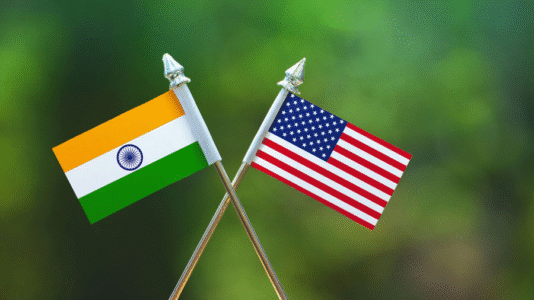Articles, Diplomacy, Environment & Climate
Climate Promises, Broken Futures: The Cost of Global Inaction
The author in this article examines the growing disconnect between global climate pledges and on-ground realities, as highlighted once again at COP30 in Belém. It explores how delayed action, vague commitments on fossil fuel reduction, and chronic underfunding continue to undermine climate-vulnerable nations. The piece also analyses the partial operationalisation of the Loss and Damage Fund, the stalled progress on climate finance, and the urgent need for ambitious 2035 Nationally Determined Contributions.









